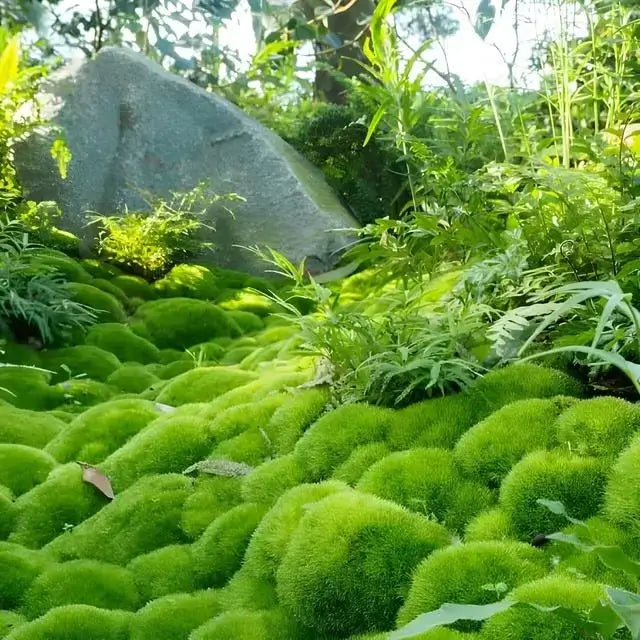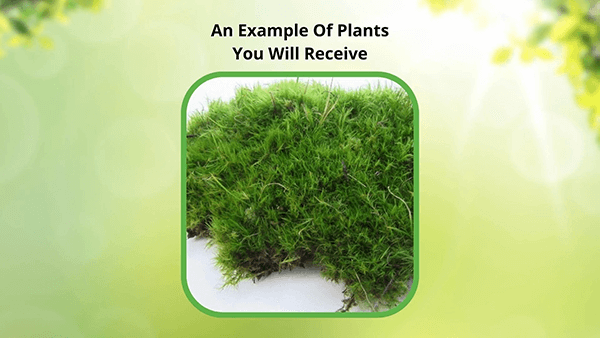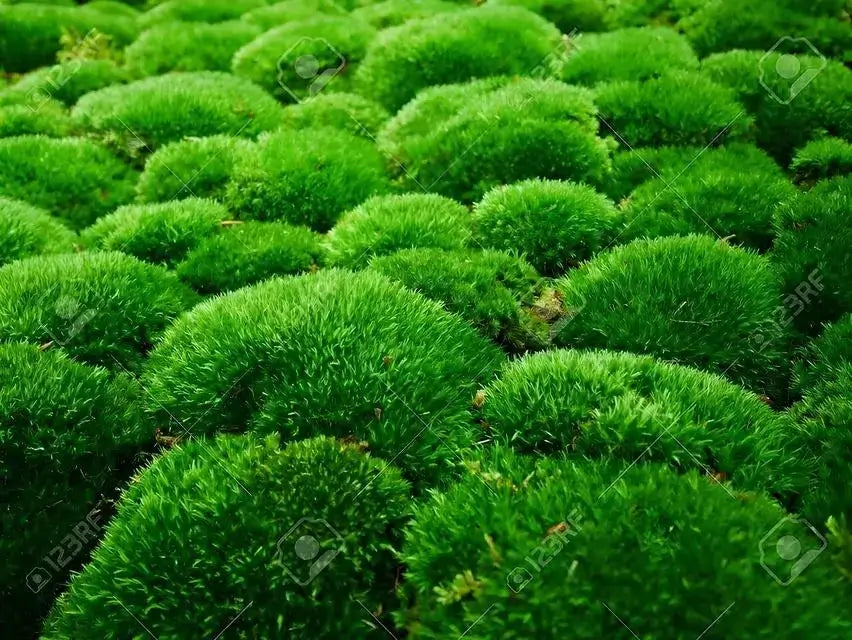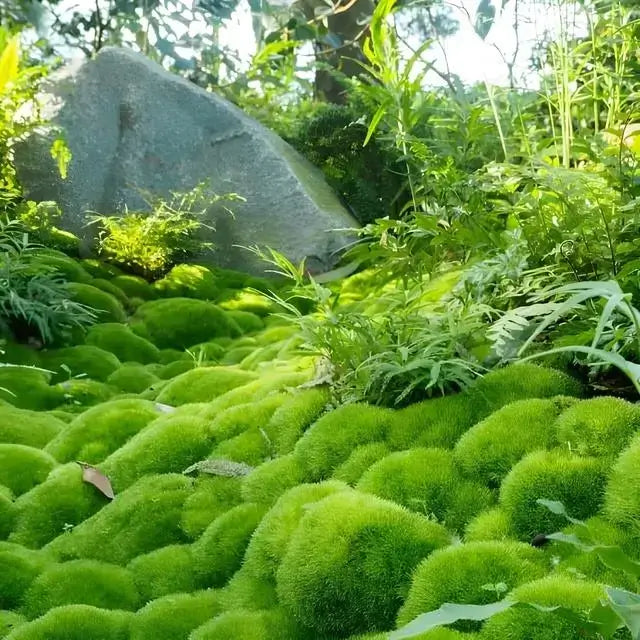
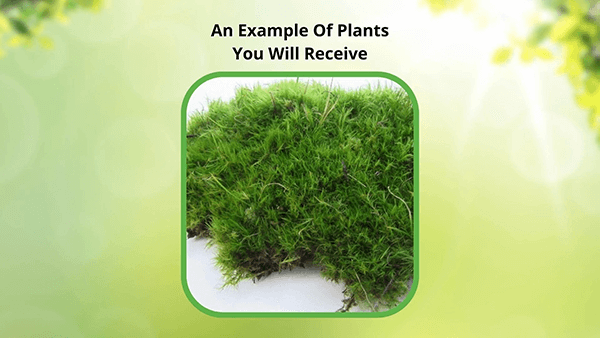
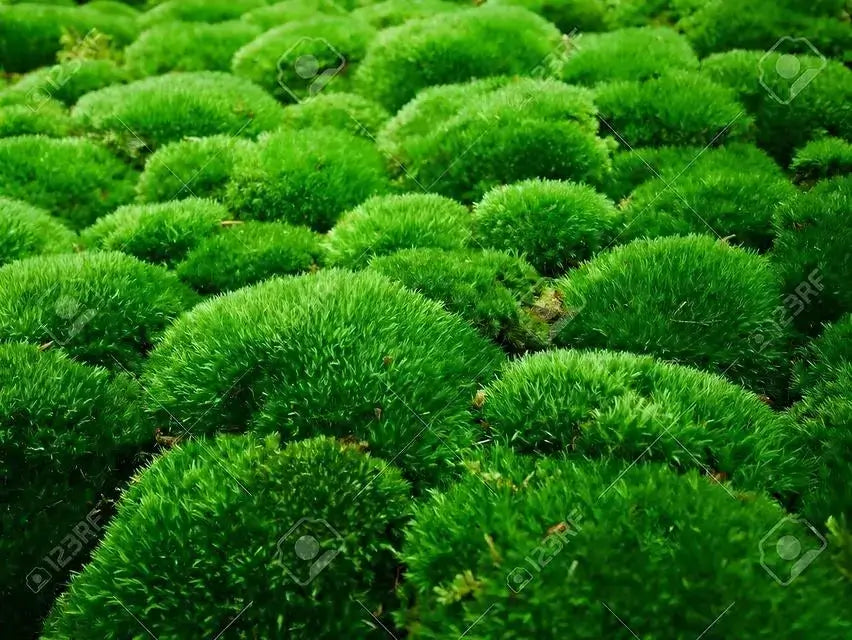
Cushion moss has a cushion-like appearance that comes from growing thick and rounded, but the term “cushion,” actually refers to woody plants that are low growing, spreading like mats and putting down deep tap roots. The color of these plants is a light green that has a silvery-white overlay to it.
Cushion Moss Lives For Hundreds Of Years
It grows in subarctic, arctic, subalpine, and alpine environments all around the world. They evolved from many different plant families that also endured harsh growing environments. New plants on windy slopes in exposed Arctic tundra are not common. Many of the plants that exist there are several hundred years old. These plants are several years old before they reproduce. It only grows when the climate is warm enough, and the sun is available.
They typically grow in areas that have rocky or sandy soils they drain water off rapidly, which makes them colonizers of bare habitat. They particularly like to grow in the windy, harsh alpine slopes, and they become denser and smaller with higher elevation.
Cushion Moss Loves Water
Obtaining water is challenging where these plants grow, so they grow an extensive root system, taproots that grow about two feet underground. Water that comes to the alpine or subalpine regions comes from melted snow that seeps through shallow soil. The roots grow deep so as to retain water and sustain the plants through dry periods. The density of the cushion above also deters loss of water. The tightly packed foliage and stems trap heat from the sun and cause them to warm up by several degrees. The thick matted hairs on them also trap and heat the air that is caught there.
Cushion Moss Sometimes Has Flowers
Cushion Moss sometimes have hundreds of small flowers on them, which attract pollinators during a short growing season and over long distances. Domestically, they are commonly used in terrariums and in decorative gardens.
- Choosing a selection results in a full page refresh.
- Opens in a new window.

